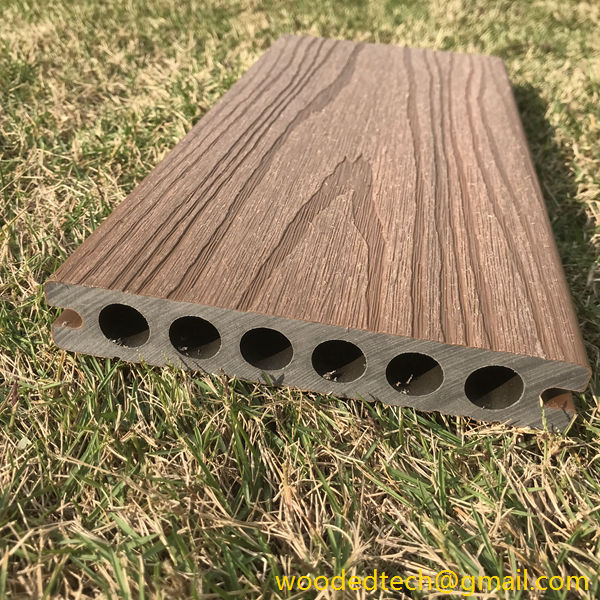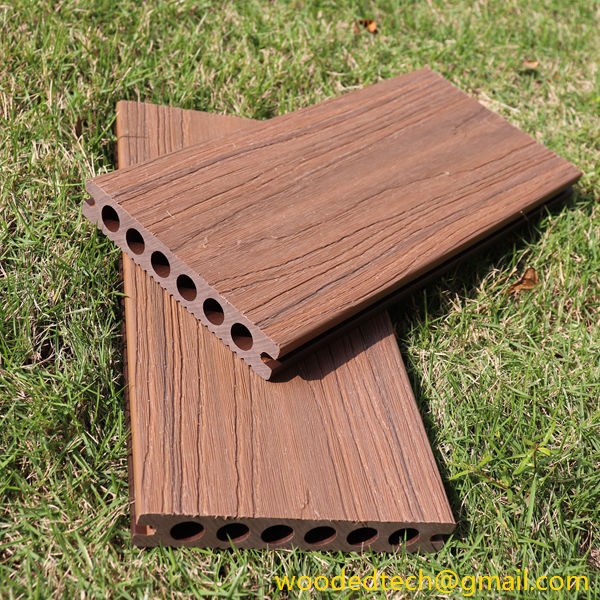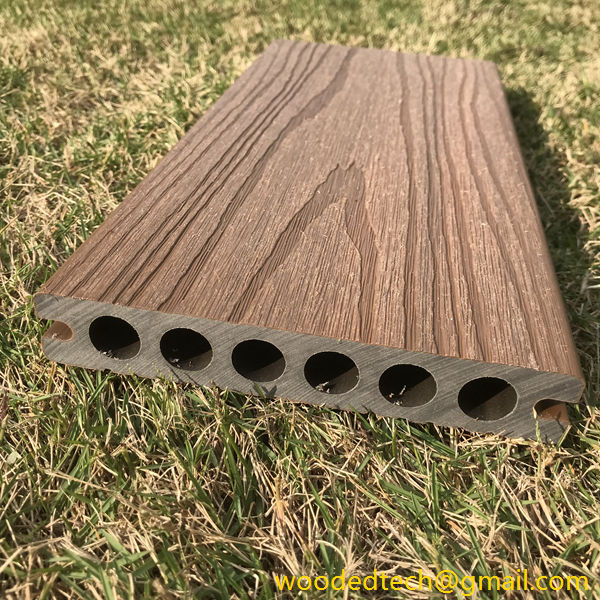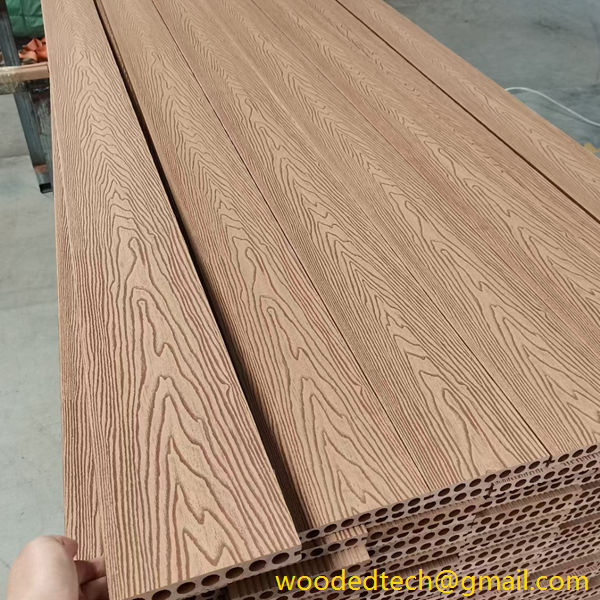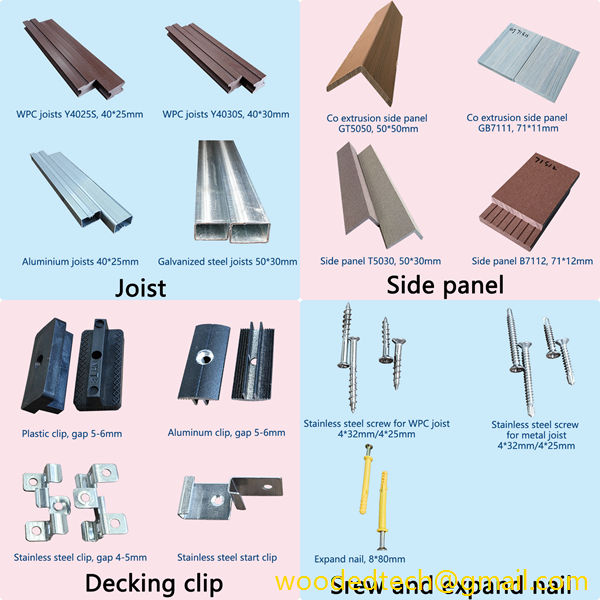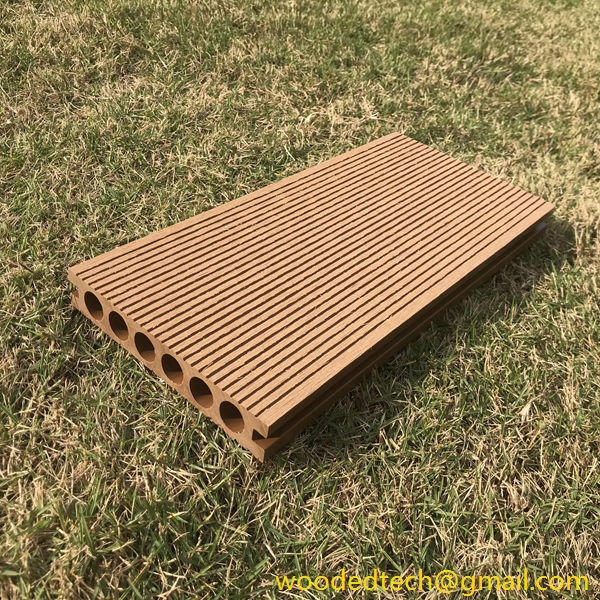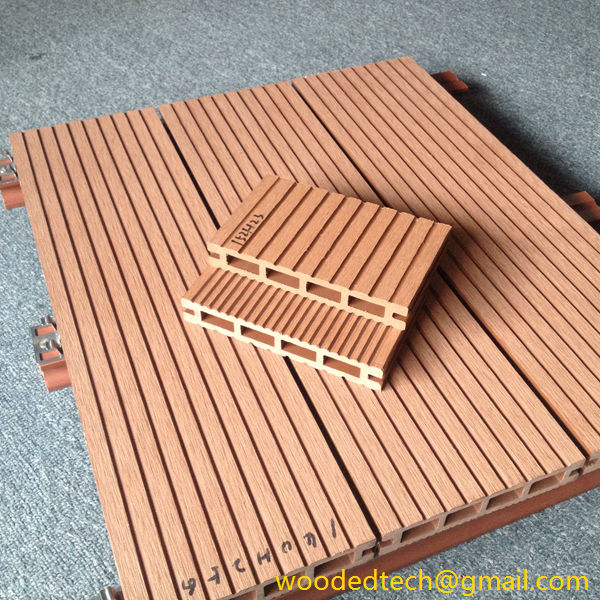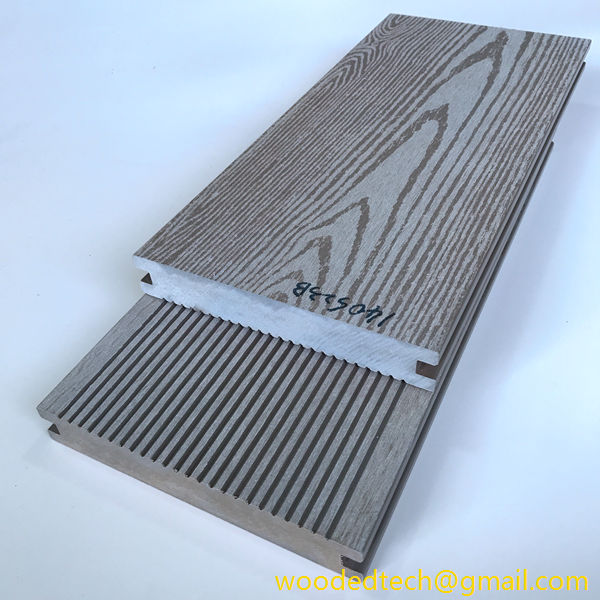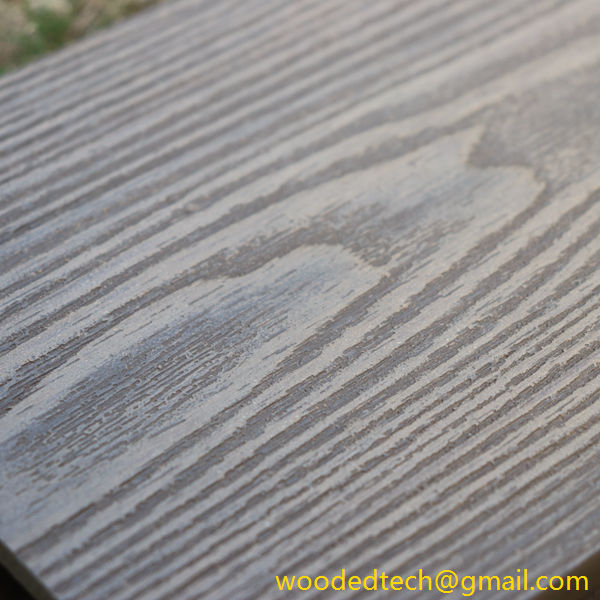What Frame Do You Use for Composite Decking to Ensure Stability and Long-Lasting Performance
What Frame Do You Use for Composite Decking to Ensure Stability and Long-Lasting Performance When considering the installation of composite decking, one of the most vital aspects often overlooked is the choice of framing. The frame acts as the backbone of your decking system and plays a crucial role in ensuring stability and long-lasting performance….
What Frame Do You Use for Composite Decking to Ensure Stability and Long-Lasting Performance
When considering the installation of composite decking, one of the most vital aspects often overlooked is the choice of framing. The frame acts as the backbone of your decking system and plays a crucial role in ensuring stability and long-lasting performance. A well-constructed frame will not only support the weight of the decking but also contribute to its overall durability and maintenance-free qualities in the later stages. This article will explore the various types of framing materials, their advantages, and how to ensure that your composite decking remains stable and durable over time.
To begin with, it is essential to understand the different materials available for framing. Traditionally, wood has been the go-to choice for many homeowners. However, when paired with composite decking, wood may not be the best option due to its susceptibility to rot, warping, and insect damage. Instead, many experts recommend using materials that are inherently resistant to these issues. For instance, aluminum and galvanized steel are excellent alternatives that provide exceptional strength and stability. These materials are not only durable but also resistant to corrosion, ensuring that your decking remains intact for years to come.
Another popular choice is using pressure-treated lumber specifically designed for outdoor applications. Pressure-treated wood is infused with chemicals that help protect it from decay and insect damage. While this option is more resistant to the elements than untreated wood, it still requires some level of maintenance to ensure its longevity. It is crucial to consider the climate in your area when selecting framing materials. In regions with high humidity or frequent rainfall, opting for non-wood materials such as aluminum or composite framing may be more advantageous.
The design of the framing system also plays a significant role in the stability of your composite decking. A sturdy framework should consist of joists that are spaced correctly to support the weight of the decking boards. Generally, the standard spacing for joists is 16 inches on center, but this can vary depending on the specific requirements of your composite decking product. Always check the manufacturer’s guidelines to ensure that you are following their recommendations for joist spacing. If you are using wider boards, you may need to reduce the spacing to maintain structural integrity.
In addition to joist spacing, the orientation of the joists is another critical factor to consider. Installing the joists perpendicular to the direction of the decking boards helps distribute weight evenly and reduces the risk of sagging or warping over time. Furthermore, incorporating a proper drainage system is essential to prevent water accumulation, which can lead to mold and mildew growth. Ensure that your framing design includes adequate drainage solutions to protect your decking from moisture-related issues.
When it comes to securing the composite decking to the frame, using the right fasteners is equally important. Standard deck screws may not be suitable for composite materials, as they can cause splitting or cracking. Instead, consider using hidden fasteners or specialized composite deck screws that are designed to work seamlessly with your chosen decking material. These fasteners help maintain a clean appearance while providing a secure attachment to the framing system.
To enhance the longevity of your composite decking, it is advisable to apply protective coatings or sealants to the frame. This additional layer of protection can help prevent moisture infiltration and prolong the life of the framing materials. Be sure to select products that are compatible with your chosen framing material and follow the manufacturer’s instructions for application.
Finally, regular inspections and maintenance of your decking frame are essential to ensure its continued performance. While composite decking is known for being low-maintenance, the frame may still require occasional checks for signs of wear or damage. Look for any loose fasteners, warping, or signs of corrosion, especially if you have opted for metal framing. Addressing these issues promptly can prevent more significant problems down the line.
In summary, ensuring the stability and long-lasting performance of your composite decking begins with selecting the right framing materials and design. By opting for durable materials such as aluminum or pressure-treated lumber, properly spacing and orienting your joists, using suitable fasteners, and incorporating drainage solutions, you can create a robust foundation for your decking. Additionally, applying protective coatings and conducting regular inspections will further enhance the durability of your structure. With careful planning and execution, you can enjoy a beautiful and maintenance-free outdoor space for years to come.

